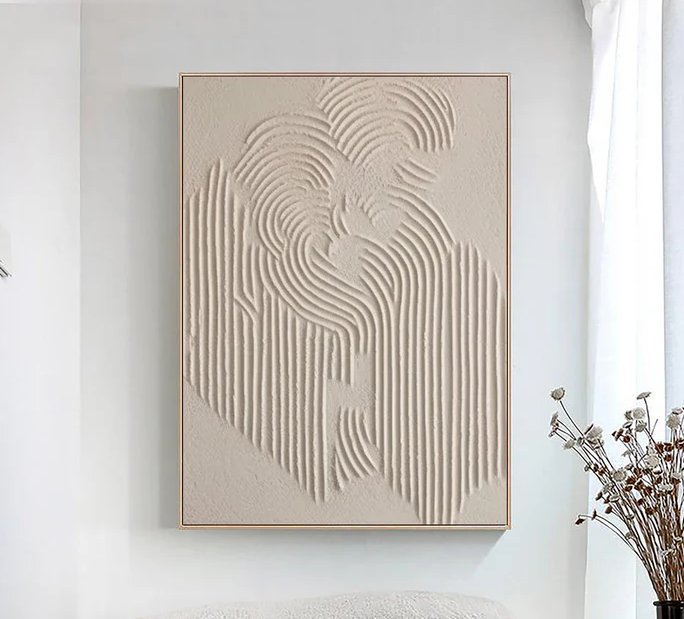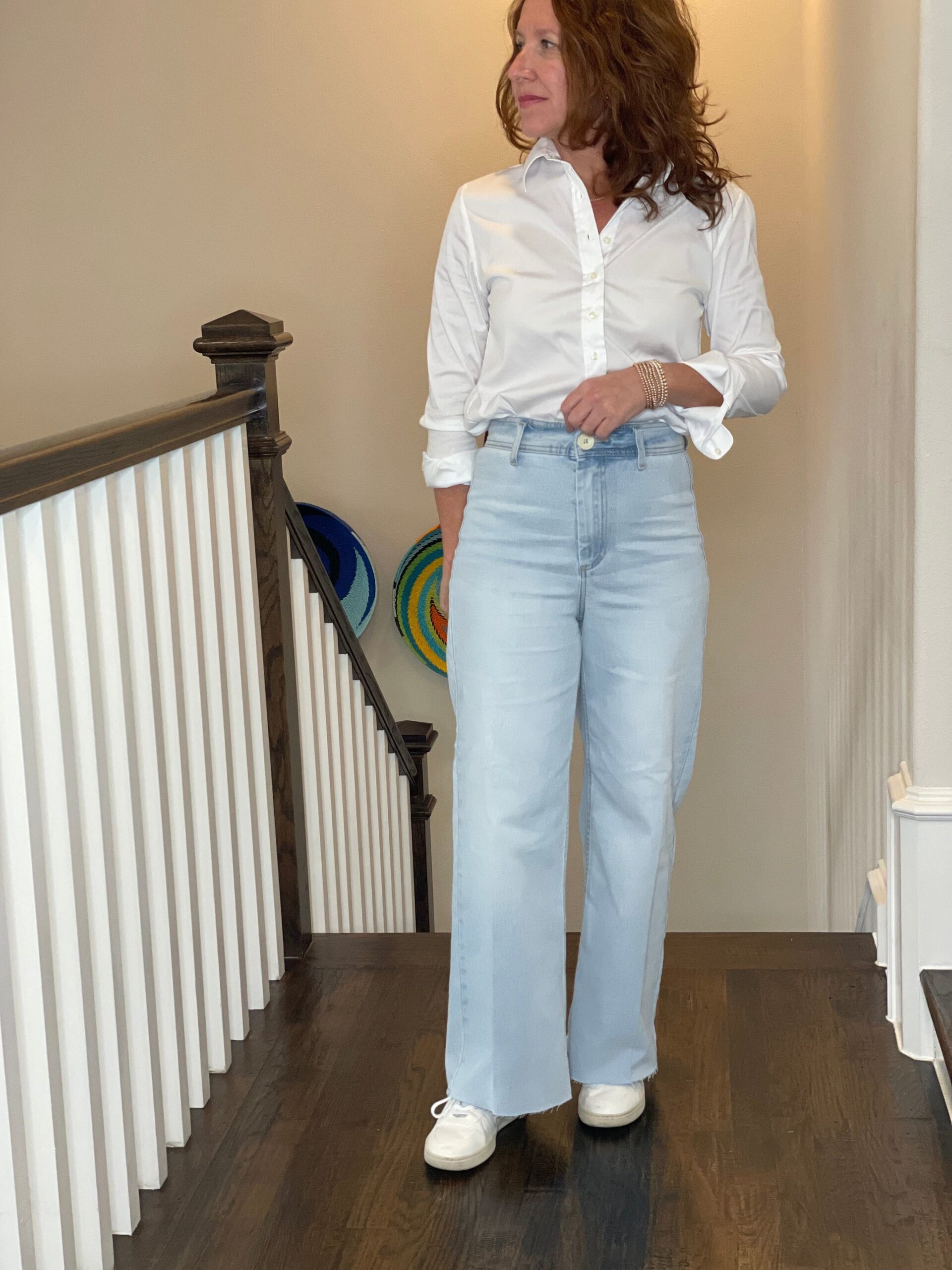Exploring The Beauty Of Wabi Sabi Art
Wabi sabi art? Embrace imperfection, discover beauty. In a world fixated on flawlessness, wabi sabi invites us to find serenity in the imperfect, the impermanent, the incomplete. It’s about cherishing the simplicity and authenticity of things as they are, weathered by time and nature. Through wabi sabi art, we learn to see the elegance in simplicity, the poetry in impermanence. Join us on a journey of appreciation for the beauty of imperfection and transience in the world around us.
Exploring the Beauty of Wabi Sabi Art
Introduction to Wabi Sabi
Imagine a world where imperfections are not just accepted but celebrated. This world exists in the Japanese philosophy of wabi sabi. Wabi sabi is a concept that finds beauty in impermanence, imperfection, and simplicity. It values the natural cycle of growth and decay, the beauty of aging, and the authenticity of materials.
The Roots of Wabi Sabi
Wabi sabi has its roots in Zen Buddhism and originated in Japan in the 15th century. The term “wabi” originally referred to the loneliness of living in nature, while “sabi” connoted the beauty that comes with age. Together, wabi sabi embraces the beauty of things that are unpretentious, modest, and unconventional.
Characteristics of Wabi Sabi Art
Wabi sabi art is characterized by simplicity, asymmetry, modesty, and naturalness. Artists who follow the wabi sabi aesthetic often use organic materials like wood, stone, and clay. They emphasize the beauty of flaws, cracks, and textures that come with age and wear. Wabi sabi art values the process of creation as much as the final product, focusing on the artist’s connection to the materials and the environment.
Embracing Impermanence and Imperfection
In wabi sabi art, impermanence and imperfection are essential elements. Instead of striving for perfection, artists embrace the transient nature of things. This acceptance of imperfection encourages mindfulness and an appreciation for the present moment. Wabi sabi art reminds us that nothing lasts forever and that beauty can be found in the fleeting and the imperfect.
Appreciating the Beauty in Aging
One of the central themes in wabi sabi art is the beauty of aging. Objects that show signs of wear and tear are valued for the stories they tell and the history they carry. Cracks in pottery, patina on metal, and weathered wood all contribute to the rich aesthetic of wabi sabi art. By honoring the passage of time, wabi sabi art encourages us to find beauty in the process of decay and transformation.
Finding Harmony in Simplicity
Simplicity is another key aspect of wabi sabi art. Artists strive to create works that are uncluttered and uncomplicated. By removing excess and focusing on essential elements, wabi sabi art brings a sense of harmony and tranquility. This simplicity allows viewers to appreciate the inherent beauty of the materials and the craftsmanship involved.
Practicing Mindfulness through Wabi Sabi Art
Engaging with wabi sabi art can be a form of mindfulness practice. By slowing down and taking the time to observe the subtle details of a piece, viewers can cultivate a sense of presence and awareness. Wabi sabi art invites contemplation and reflection, encouraging viewers to find beauty in the ordinary and the everyday.
Applying Wabi Sabi Principles in Everyday Life
While wabi sabi art is often associated with visual arts like pottery, painting, and sculpture, its principles can be applied to everyday life. By embracing imperfection, impermanence, and simplicity, we can cultivate a deeper appreciation for the world around us. Whether it’s through the art of tea ceremony, the arrangement of flowers, or the design of living spaces, wabi sabi offers a way to find beauty in the mundane.
Wabi sabi art invites us to see the world in a new light, to appreciate the beauty of imperfection, and to find harmony in simplicity. By embracing the principles of wabi sabi, we can cultivate a deeper connection to the natural world and a greater sense of mindfulness in our daily lives. So, next time you come across a weathered object or a cracked surface, take a moment to pause and see the beauty that lies within – that’s the essence of wabi sabi art.
Vinchy Art丨Wabi Sabi Abstract Tranquility Art Painting 丨3D Plaster Wall Decor
Frequently Asked Questions
What is the essence of wabi-sabi art?
Wabi-sabi art encapsulates the beauty of imperfection, impermanence, and the acceptance of natural processes. It values simplicity, asymmetry, and the appreciation of the beauty in aging and decay.
How does wabi-sabi art differ from conventional Western art concepts?
Wabi-sabi art focuses on embracing the transience and imperfections of life, while Western art often seeks perfection and symmetry. Wabi-sabi values simplicity, modesty, and the beauty of the natural flow of life.
What materials are commonly used in wabi-sabi art?
Common materials used in wabi-sabi art include natural elements like wood, stone, clay, and handmade paper. These materials help evoke a sense of simplicity, rustic beauty, and connection to nature.
How can someone incorporate wabi-sabi principles into their own art practice?
One can incorporate wabi-sabi principles by focusing on simplicity, asymmetry, and the beauty of imperfection in their art. Using natural materials, embracing simplicity, and finding beauty in impermanence are key aspects of integrating wabi-sabi into one’s art practice.
Final Thoughts
In conclusion, wabi sabi art embodies the beauty of imperfection and transience. It celebrates simplicity, authenticity, and the passage of time. Through its unique aesthetic, wabi sabi art encourages us to find beauty in the flawed and embrace the natural cycle of growth and decay. Embracing wabi sabi art allows us to appreciate the beauty in impermanence and the poetry of the everyday. Let us strive to adopt its principles in our own lives, finding joy in the imperfect and the fleeting.














Post Comment